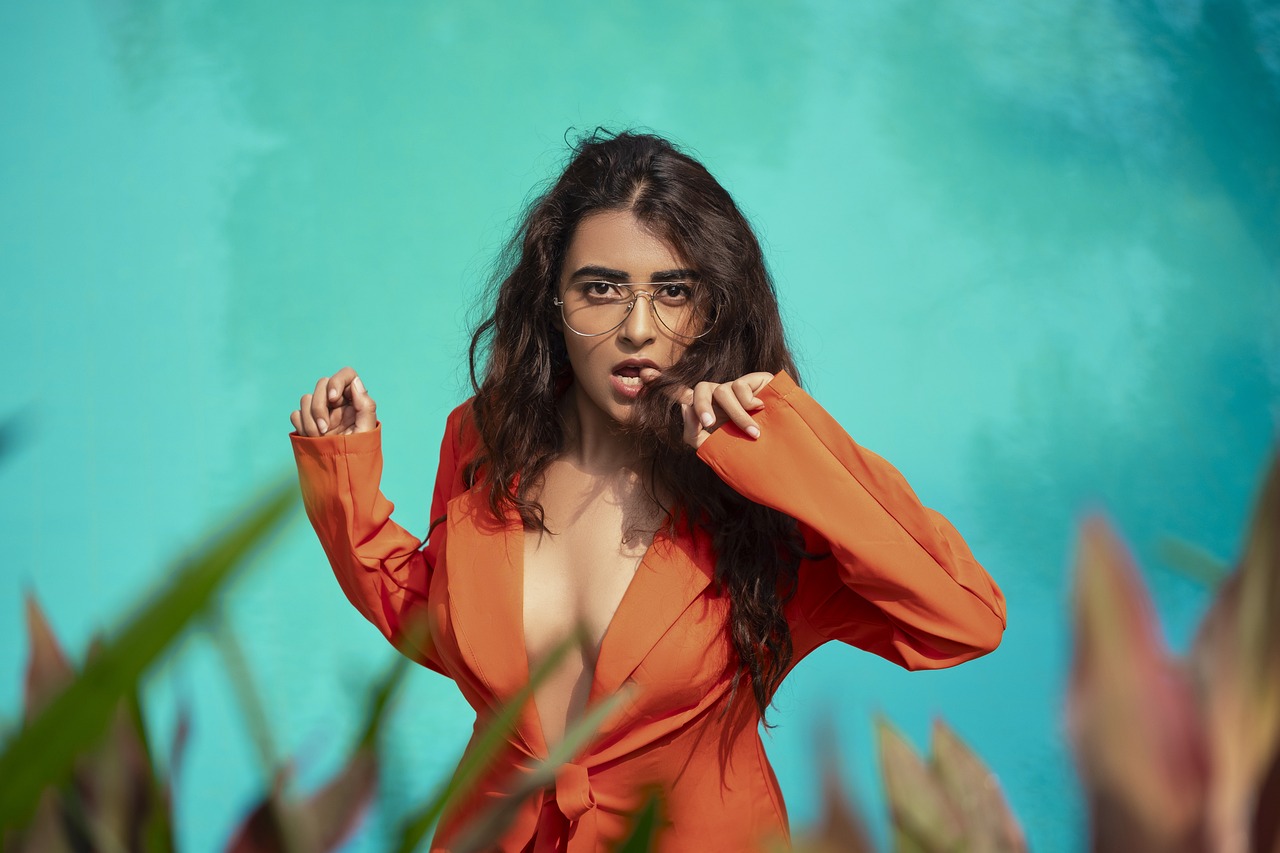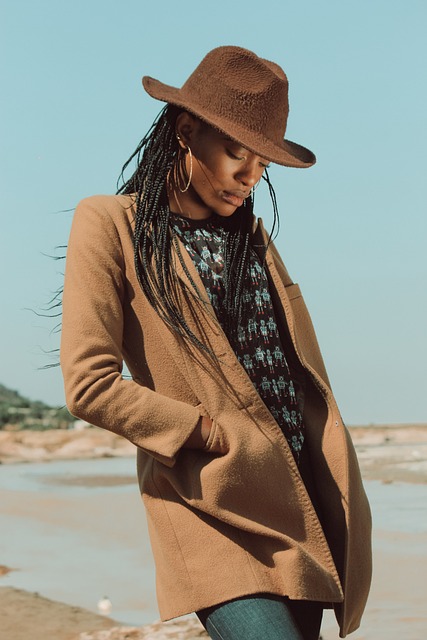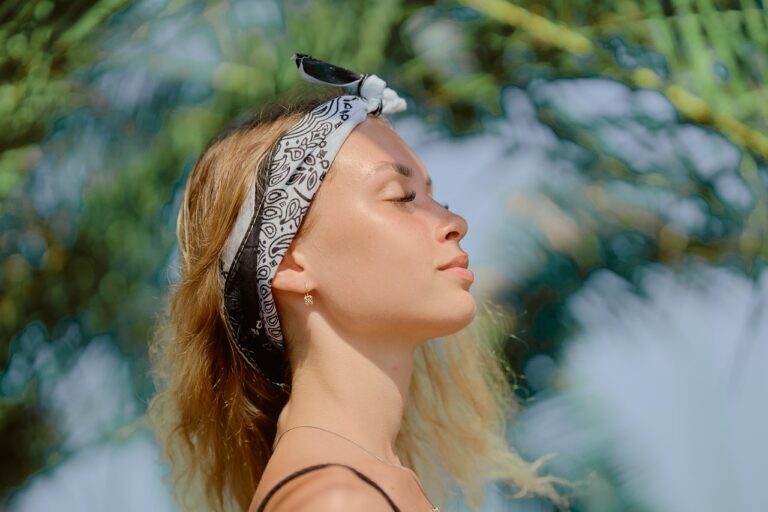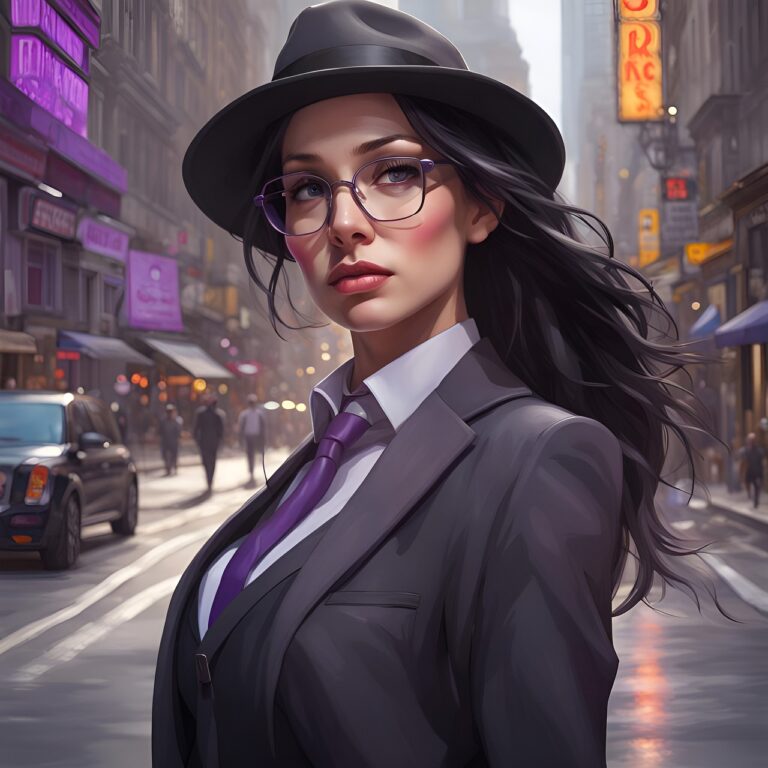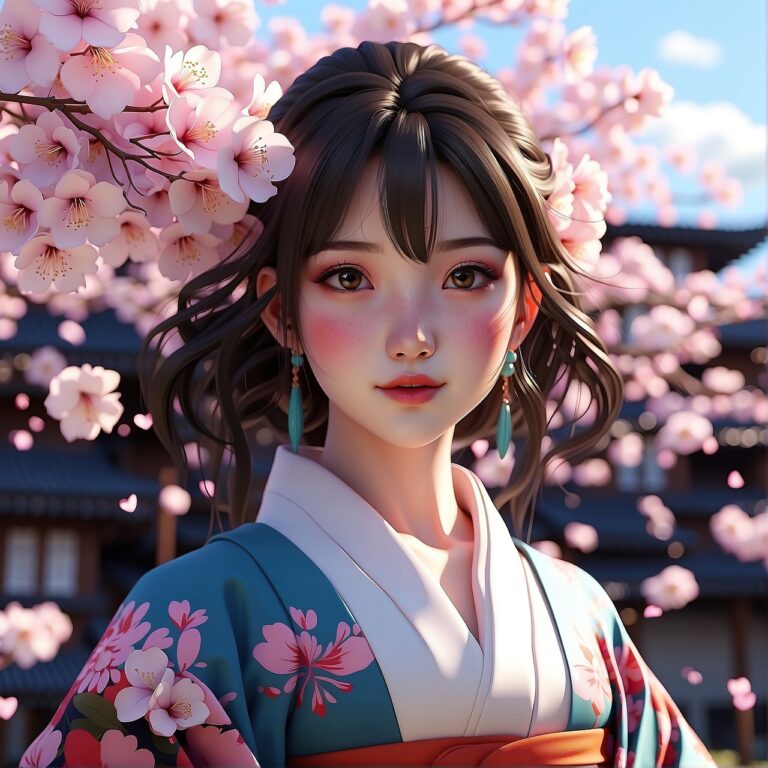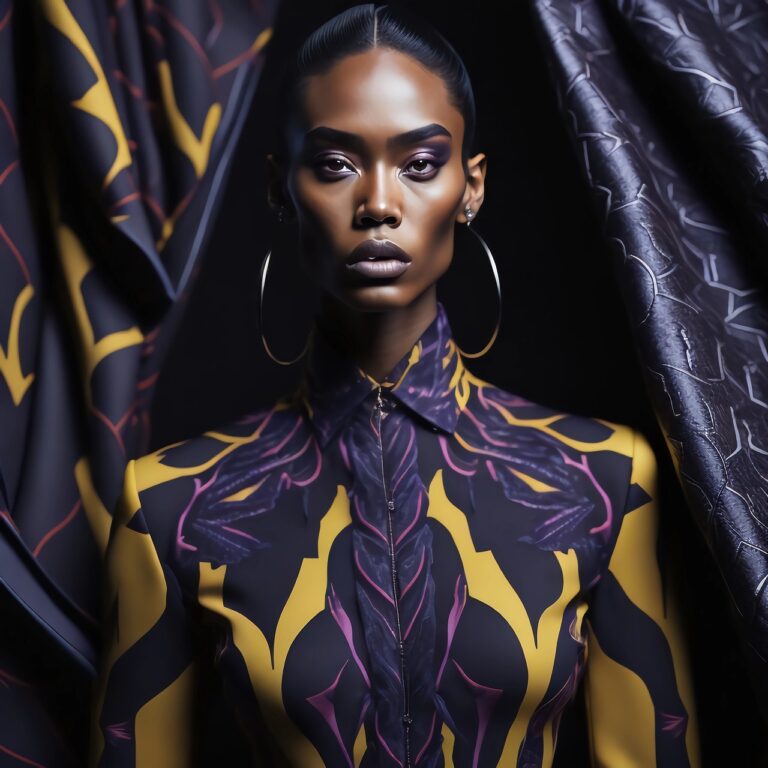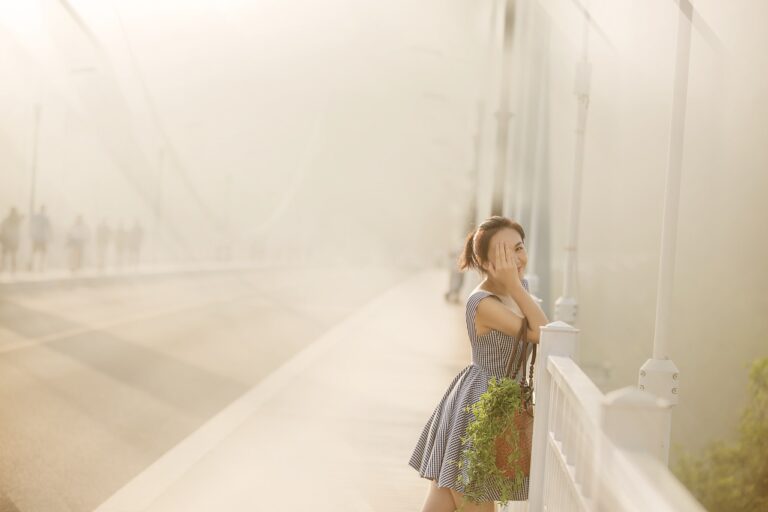The Psychology of Fashion Impulse Buying Behavior
Impulse buying behavior in the fashion industry is often influenced by various factors that appeal to consumers’ emotions and desires. One key factor is the sense of urgency created by limited-time offers and sales promotions, which can trigger impulsive purchases. Retailers strategically use tactics such as flash sales and exclusive discounts to capitalize on consumers’ fear of missing out and urge them to buy on the spot.
Moreover, the visual appeal of products plays a significant role in driving impulse buying behavior in fashion. Eye-catching displays, attractive packaging, and aesthetically pleasing merchandise can capture consumers’ attention and entice them to make impulsive purchases. By creating an alluring shopping environment, brands can stimulate consumers’ desire for instant gratification and encourage impulse buying tendencies.
Impact of Social Media on Fashion Impulse Buying
Social media plays a significant role in influencing fashion impulse buying behavior among consumers. With the rise of platforms like Instagram, Facebook, and TikTok, individuals are constantly exposed to curated content showcasing the latest fashion trends and styles. This continuous stream of fashion imagery creates a sense of FOMO (fear of missing out) and drives individuals to make impulsive purchases to stay relevant and up-to-date with the current fashion landscape.
Moreover, social media platforms offer easy access to online shopping, allowing consumers to make quick and convenient purchases with just a few clicks. The seamless integration of shopping features within social media apps enables consumers to see a product they like and buy it instantly, leading to spur-of-the-moment buying decisions. The combination of visually appealing content and instant gratification through social media contributes to the impulsive nature of fashion purchases in today’s digital age.
Psychological Triggers that Lead to Impulse Fashion Purchases
Psychological triggers play a significant role in driving impulse fashion purchases. One such trigger is the fear of missing out (FOMO). Consumers may feel compelled to make impulse buys when they see others purchasing trendy fashion items or when they perceive limited availability of a particular product. This fear of missing out on a popular item can lead to impulsive decision-making and spur individuals to make quick purchases without fully considering the consequences.
Additionally, the desire for instant gratification is another powerful psychological trigger that influences impulse fashion purchases. In today’s fast-paced world, consumers seek immediate satisfaction and pleasure from their shopping experiences. This need for instant gratification can override rational decision-making processes and lead individuals to buy items on impulse without carefully evaluating their utility or long-term value. The lure of immediate pleasure and enjoyment from acquiring new fashion pieces can drive impulsive purchases, especially when coupled with persuasive marketing tactics and social influences.
What factors influence impulse buying behavior in fashion?
Factors such as emotions, social influences, limited availability, and the desire for instant gratification can all influence impulse buying behavior in fashion.
How does social media impact fashion impulse buying?
Social media plays a significant role in influencing fashion impulse buying through targeted advertisements, influencer endorsements, and the pressure to keep up with current trends.
What are some psychological triggers that lead to impulse fashion purchases?
Psychological triggers such as the fear of missing out, the need for validation, the desire for novelty, and the pleasure of acquiring new items can all lead to impulse fashion purchases.

